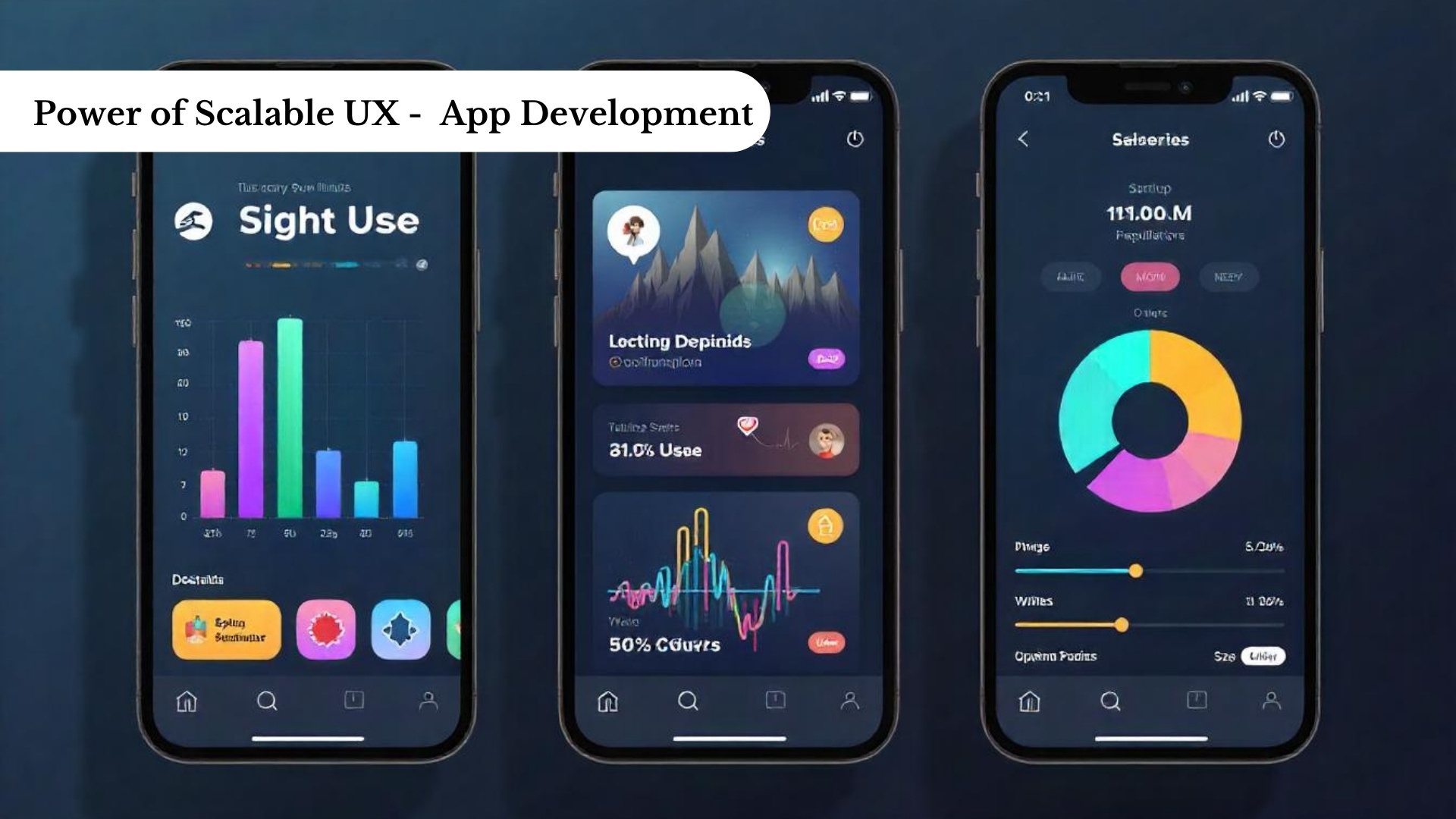
In the mobile-first era, users expect not only performance and aesthetics but seamless experiences that evolve with their needs. While many mobile app development services deliver functional applications, few account for how the user experience (UX) will scale over time.
Scalable UX is not about design trends—it’s about architectural foresight. Without it, apps become harder to navigate, maintain, and expand. At Hardwin Software, we focus on UX that adapts as your product and audience grow, ensuring sustained usability and engagement.
Why Traditional UX Often Falls Short
Most mobile apps are designed for immediate goals: a working MVP, a fast release, or client approval. Teams typically finalize screens, layout flows, and release schedules in isolation. Yet real-world usage rarely stands still.
As time passes:
- More features are layered in
- User segments diversify
- Device requirements broaden
- Functional complexity increases
UX that lacks structural foresight begins to degrade—interfaces become cluttered, flows break, and users disengage. What started as simple becomes chaotic.
Defining Scalable UX in App Development
Scalable UX means creating flexible frameworks that can evolve without breaking the product’s usability. It anticipates future growth—not by guessing features, but by designing adaptable systems.
At Hardwin Software, our mobile app development services integrate this philosophy from day one. We don’t just design the present—we lay foundations for tomorrow.
We consider:
- How screens adapt as functionality expands
- How workflows shift with new user types
- How navigation handles both depth and simplicity
- How accessibility holds up under diverse usage
- How content delivery adjusts to user behavior
Principles That Power Scalable UX
Our UX architects follow these core principles when building enterprise-grade apps:
Modular Design Patterns
Rather than static layouts, we use reusable components that grow with the app and keep branding consistent.
Layered User Journeys
We design workflows that start simple and reveal complexity only when needed, minimizing initial friction.
Adaptive Onboarding
Every user role or persona is met with a tailored onboarding flow, increasing adoption and reducing confusion.
Responsive Interaction Models
From micro-animations to contextual tips, we guide users through their tasks without needing extra training.
Scalable Navigation
We ensure that navigation expands logically—even as features are added—without breaking the user’s mental map.
Why Scalable UX Pays Off
The business benefits of scalable UX are substantial. By building for growth from the start, our clients have seen:
- Lower bounce rates from new feature rollouts
- Faster onboarding for enterprise users
- Fewer support tickets and training sessions
- Stronger app store reviews and retention rates
- Long-term cost savings from reduced redesigns
In fast-moving industries, scalability isn’t a bonus—it’s a survival strategy.
Case Example: Enterprise Fleet Management App
One client in the transportation sector came to us for a simple scheduling dashboard. But within a year, they needed multi-tiered access controls, real-time vehicle tracking, and AI-powered routing.
Because we had designed the initial experience with modularity and scalability in mind, we expanded the app without disruptions. Users didn’t experience delays or learning curves, even as the product evolved into a platform.
Before You Build: Ask These Questions
When engaging with any mobile app development partner, consider asking:
- Can this UX model adapt to changing user demands?
- Will new features integrate smoothly into current flows?
- How are future roles or devices accounted for in the design?
- Is the system ready for future versions or integrations?
These are not afterthoughts—they’re essential to creating an app that survives and thrives.
Choose a Partner Who Designs for the Long Term
At Hardwin Software, we specialize in building mobile experiences that are not only fast and beautiful, but also future-ready. Our mobile app development services combine solid architecture with adaptable design, ensuring that every product is positioned for growth.
If you’re looking to build an app that performs well today and tomorrow, let’s talk.
Final Takeaway
Great UX isn’t a finish line—it’s an evolving foundation. Mobile app development services that prioritize scalability don’t just make better apps; they make stronger products that grow with the business. As digital ecosystems expand, it’s the scalable experiences that last.
FAQs:
Why do some scalable apps still suffer from poor UX?
Although scalability is planned, without ongoing UX testing, small issues can compound over time. Therefore, regular audits are essential.
How often should scalable UX be updated?
Ideally, UX should evolve every major release. However, with user feedback cycles in place, you can catch issues before they become critical.
Does scalable UX slow down initial development?
At first, yes—it may take longer to plan. But in the long run, it prevents costly redesigns, saving time and money.
Can scalable UX help with international or multilingual apps?
Absolutely. Since it’s designed with flexibility in mind, scalable UX allows easy integration of languages and region-specific features.
Is scalable UX only important for large enterprises?
Not at all. In fact, startups benefit the most—as they scale quickly, a future-proof UX helps avoid rebuilds later.

